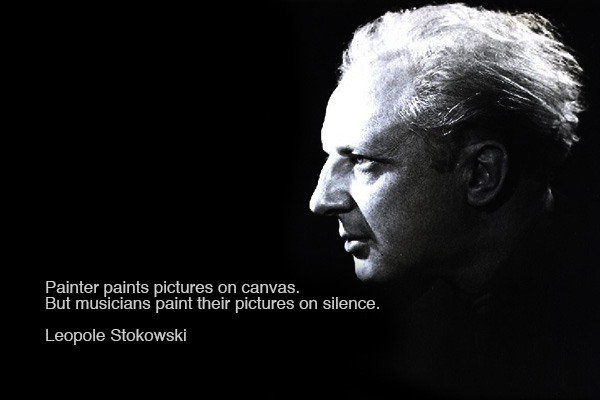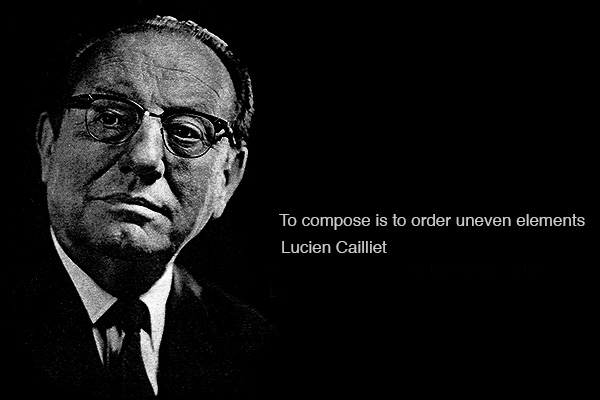Learning Photo Composition From Music Composers
I’d like to share a couple of thoughts about photographic composition. But, they aren’t from photographers or visual artists. Rather, they come from music composers. I call these two insights, The Canvas and The Order. The Canvas This quote made my head spin when I first read it. We tend to think the background, the […]
I’d like to share a couple of thoughts about photographic composition. But, they aren’t from photographers or visual artists. Rather, they come from music composers. I call these two insights, The Canvas and The Order.
The Canvas

This quote made my head spin when I first read it. We tend to think the background, the canvas as it were, for a musical composition is the musical framework, the chords, the harmony, the rythmn and so on. But, Stokowski is making us think the background is silence – that’s the reality lurking behind the music, the thing that breaks into the composition when the composer allows it to. Writing music, is like painting on silence.
When we take photos, do we ask ourselves, what is our canvas, what is our silence? If we shoot in a studio against a backdrop, then the question seems easy. But, what if we shoot on the street, or in a complexly adorned room?
Perhaps for photography, our canvas is reality, or at least, our interpretation of reality? Perhaps photography is, in this sense, more like graffiti than conventional painting on a white background?
I like this idea because it helps me realise why some photos, however, faithful their depiction of reality, don’t move us. It’s like a painter buying a blank canvas then putting it in a frame: What does that say?
To try this idea, pick a location, find the the most obvious vantage point and take an image with the camera in AUTO mode and a medium lens (35mm or 50mm). That’s the photo anyone could take, the photo a robot would take, the most obvious image possible. That’s your canvas, your neutral, the photo that would fade into oblivion alongside every nearly identical image of that place on Instagram, Flickr or Tumblr.
Now look at your image and ask, “what do I want to say here” As you move, crop, change lenses, decide on colours, add filters, whatever, you are painting on your canvas, depicting reality in your own way – you are composing.
The Order

Writing and arranging music is all about bringing order to an uneven universe. Trumpets can blow a lot louder than flutes, pianos can overpower vocalists, some instruments can play fluid and fast lines over their whole range while others can’t and so on.
When we compose photos we are also bringing order to uneven elements; we are choosing to arrange reality in a certain way within the frame of the photo. Out there, a cloud may be enormous and a building modest, but we can choose to make them both occupy the same amount of space within our photograph.
We can use perspective to make parallel lines converge, or use lenses to make make straight lines bend. We can make objects appear larger, smaller, closer or further away than they really are. All without even booting up Photoshop!
And, we haven’t even talked about the way order affects the meaning of a photograph!
One way to practice this is to look around your home, or neighbourhood for patterns, lines and shapes, the try to photograph them in different ways. You might find cars driving by a row of telegraph poles, people queuing outside a shop, or different flowers and plants in your garden.
Whatever it is, work on photographing from different positions and using different lenses to vary the sense of balance in each photo. That’s what taking control of the order in your composition is all about.
The Lesson
When we start out in a new creative pursuit, it’s easy to feel overwhelmed. I remember, as a novice photographer feeling that way – there’s so much technology to master, so many theories to explore and so much history to absorb.
But, if we lean into our parallel creative pursuits, we can find a rich vein of inspiration to propel us forward. This may even help us to approach our craft in a fresh and unique way.
The Canvas and The Order are just two ideas I’ve pulled from music to help me create photographs. I’m really curious to know if you’ve found any similar parallel insights from one creative process that have you helped understand a different craft.




